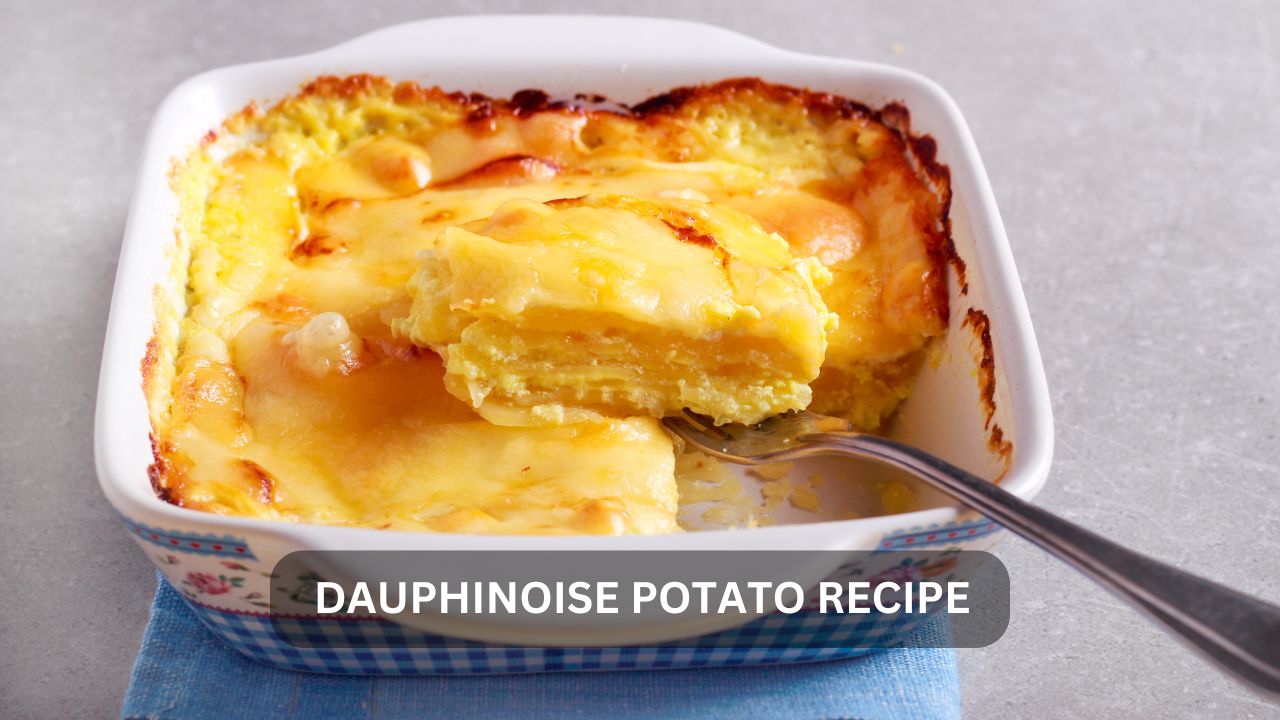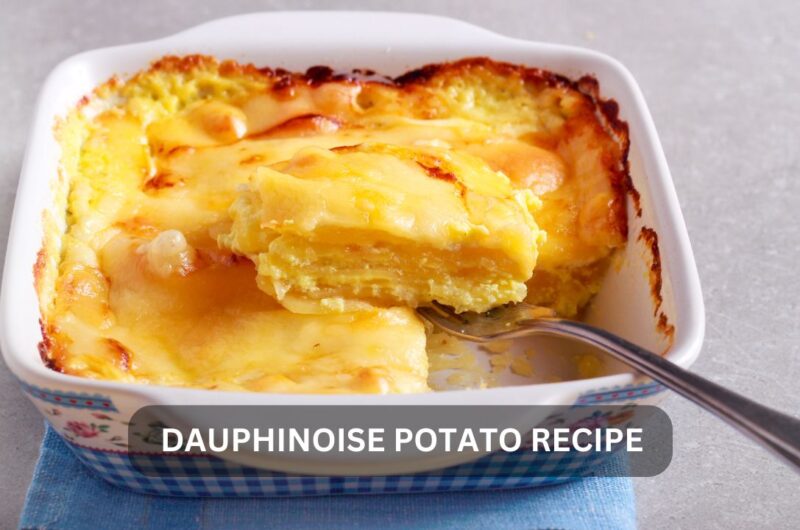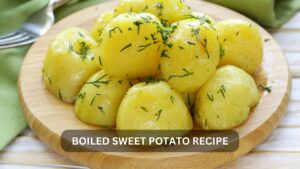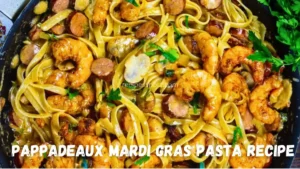From the cozy kitchens of France to the bustling homes of cooks worldwide, Dauphinoise potato recipe, or Gratin Dauphinois, is a celebrated indulgence that seems to delight every palate it graces. Whether you’re a chef extraordinaire or an aspiring culinary artist, our complete guide to this classic French dish will equip you with all the knowledge you need to ensure your potatoes are nothing short of perfection. Read on and prepare to savor the rich, creamy layers of this legendary recipe.
A History as Rich as Its Flavor
Before we step into the delicious world of dauphinoise potato recipe, it’s worth understanding its past. This gratin, hailing from the historical Dauphiné region in south-eastern France, was born out of simplicity. Often found in the kitchens of rustic cottages, the dish, which traditionally uses thinly sliced potatoes, cream, and garlic, offers a true taste of the countryside with every bite. The name “Dauphinoise” comes from the Dauphiné, a former province in the southeast of France, referring to its regal, royal nature — a reflection of the area’s historical association with the heir apparent to the French throne.
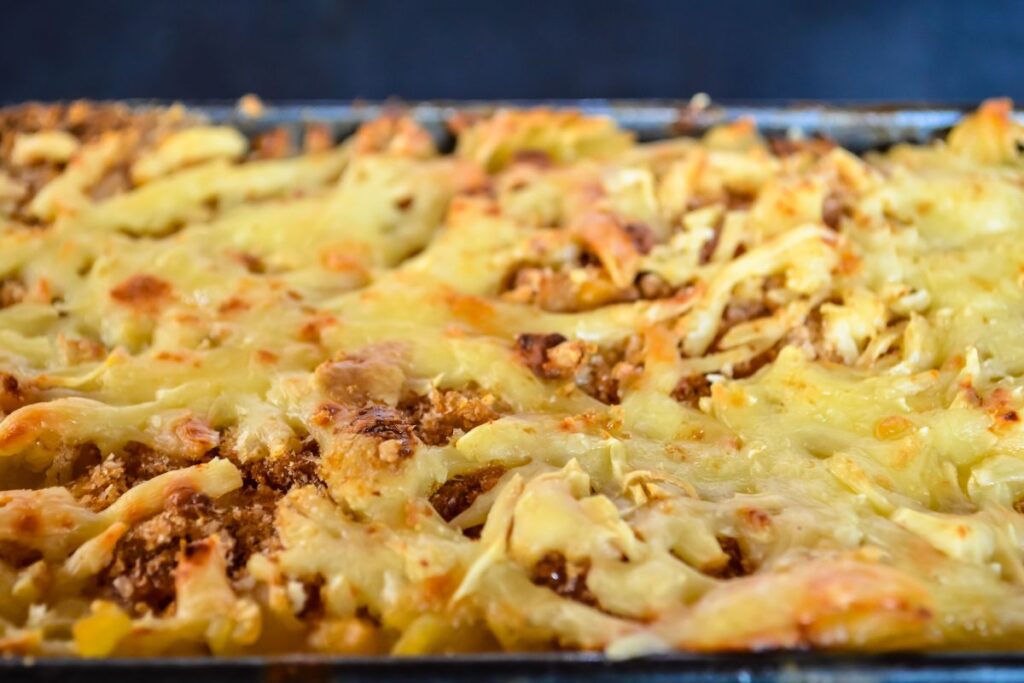
Ingredients That Spell Out French Elegance
To craft the perfect dauphinoise potato recipe, you’ll need a handful of ingredients — each crucial to the dish’s unctuous texture and rich flavor. Here’s what you’ll typically find in a Dauphinoise recipe and a few versatile substitutions to suit your preferences:
The Standard Symphony:
- Potatoes: It’s all about the spuds. Look for a good baking or waxy variety, such as Russet or Yukon Gold.
- Heavy Cream: The key to that luxurious creaminess.
- Garlic: Be generous with this aromatic; it adds a beautiful depth of flavor.
- Butter: This is for greasing the dish and perhaps a bit to enrich the cream.
- Salt and Pepper: Season each layer with precision.
Note: Some recipes call for a pinch of nutmeg for a fragrant twist.
Tailoring to Your Taste:
- Cheese: While not traditional, some sprinkle Gruyère, Parmesan, or Swiss between layers.
- Vegetable Broth or Milk: To lighten up the cream or for those who abstain from dairy.
- Fresh Herbs: Thyme, parsley, or chives can provide a fresh counterpoint to the dish’s richness.
Step-by-Step Seduction
Now comes the culinary courtship. Preparing dauphinoise potato recipe is an art form that takes patience and precision, but the reward is well worth it. Follow these steps to ensure your creation is a showstopper:
Preparing the Potatoes:
- Choosing Your Tuber: Select good-sized, unblemished potatoes and give them a good wash.
- To Peel or Not to Peel: Skins on or off? The choice is yours. Some prefer the rustic appeal of leaving the skins, while others opt for the uniformity of peeled potatoes.
- The Slicing Debate: The crux of a great dauphinoise lies in the thickness of your slices. Knife skills are key, or a mandoline for the less knife-confident cooks. Aim for the width of a quarter or slightly thinner to ensure even cooking.
Layer Upon Layer:
- Grease with Ease: Rub the interior of your baking dish with butter. This step is essential to prevent sticking and adds a lovely golden touch to the edges.
- The Assembly: Start by layering your potatoes, slightly overlapping, in the bottom of the dish. Follow with a drizzle of cream, a sprinkle of salt, pepper, and minced garlic.
- Repeat Until Perfection: Keep layering, ensuring an even distribution of cream and seasoning. Remember, the last layer, often called the “le chapeau” (the hat), should be arranged neatly as it’ll be on display once baked.
The Creamy Finale:
- The Right Tools: Choose a saucepan or pot that allows the cream to bubble gradually, not to scorch.
- Infused Elegance: Some recipes call for the cream to be heated with a bay leaf and a clove of garlic to impart more flavor.
- Pour with Care: Once your cream is warm and fragrant, pour it over your layered potatoes, pressing down lightly to ensure every slice is coated.
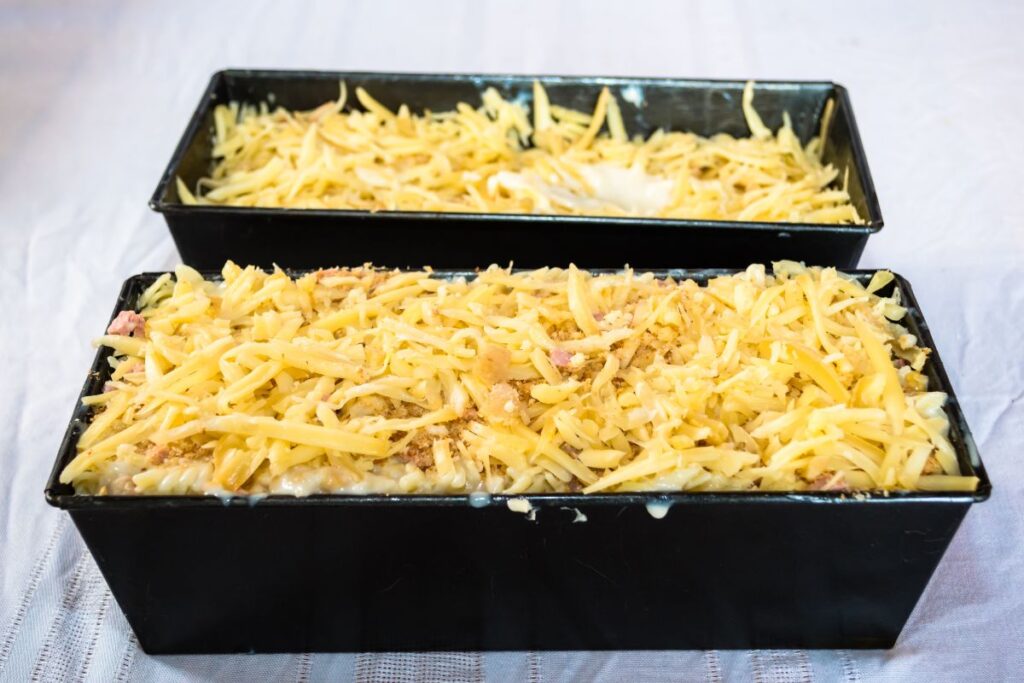
Baking Brilliance
You’ve done the hard work. Now, it’s in the oven’s capable hands. The baking phase of dauphinoise potato recipe is where alchemy takes place, transforming a few simple ingredients into a masterpiece. But first — technique.
Choosing Your Vessel:
- A ceramic gratin dish is traditional, allowing for the slow, even cooking that is key to the dish’s success. But a cast-iron skillet or oven-proof dish will suffice if necessary.
- Size Matters: Avoid an overly large dish that will cause your layers to be too thin, and a small one that will lead to overflow and uneven cooking.
Into the Heat:
- The Perfect Pyramid: PreheatPreheat your oven to 350°F (175°C) – 375°F (190°C) — you’re aiming for a slow bake, cooking the potatoes through without browning too quickly.
- Cover or Not: Opinions vary, but a good compromise is to start with a cover of parchment or foil, removing it for the last portion of baking to allow that classic golden-brown crust to form.
Timing Is Everything:
- Prepare for patience; a standard bake can take anywhere from 60 to 90 minutes, depending on your oven and the quantity.
- To Check for Doneness, Pierce the potatoes with a knife. They should yield easily — no resistance should remain.
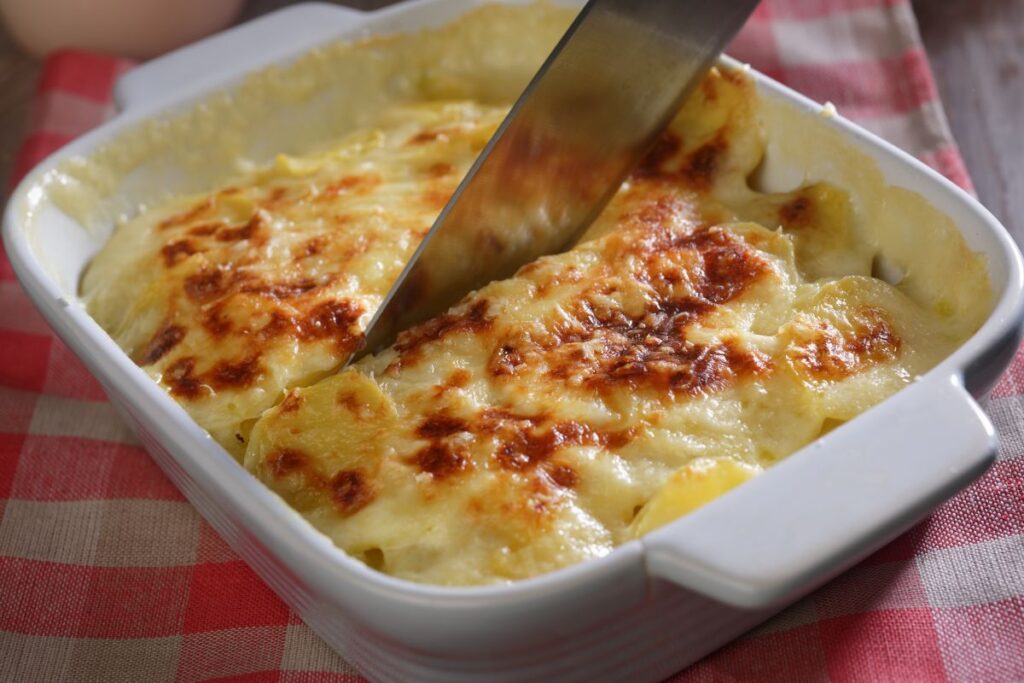
Plating like a French Pro
What to serve with dauphinoise potato recipe? Though it’s a star in its own right, this dish loves the company of proteins like beef, pork, or chicken, creating a luxurious meal that’s fit for a special occasion. A simple green salad with a tangy vinaigrette is the perfect side to cut through the richness.
To serve, cut your potatoes into wedges or squares, using a spatula to guide portions onto the plate. A sprinkle of fresh herbs over the top adds color and a pop of freshness.
A Lighter Take on Tradition
If you’re looking to enjoy Dauphinoise Potatoes more regularly without the guilt, there are ways to make this dish figure-friendly.
The Cream Conundrum:
- The Substitute Sacrifice: While nothing can quite replace the cream in terms of taste and texture, a mix of whole milk and a touch of butter or olive oil can provide a suitable alternative.
- Cornstarch Magic: A slurry of cornstarch mixed with the liquid can mimic the creamy mouthfeel of heavy cream.
The Potatoes Makeover:
- Low-Glycemic Love: Sweet potatoes can offer a slightly healthier alternative with their lower glycemic index.
- A Colorful Mandoline: Throw in a few layers of beets or turnips for added nutrients and an intriguing visual.
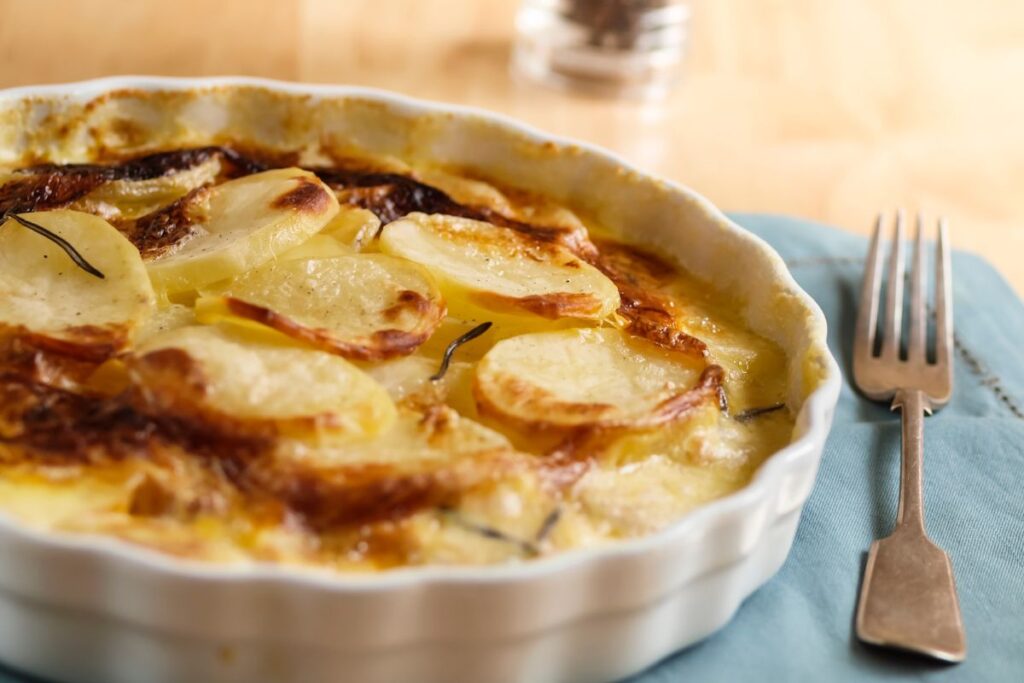
Answering The Call of the Culinary Curious
Preparing dauphinoise potato recipe at home might raise a few questions, especially if you’re new to the dish. Don’t fret; you’re not alone. Here are answers to some common queries:
Can I Make Dauphinoise Potatoes Ahead of Time?
Absolutely. You can prepare the Dauphinoise 24 hours in advance, cover, and refrigerate until you’re ready to bake. Just ensure you add a hint of extra cooking time to compensate for the chilling.
My Dauphinoise Came Out Watery. What Did I Do Wrong?
The most common culprit for a watery gratin is slicing the potatoes too thick, undercooking, or using too much liquid. The potatoes should be thin enough to cook completely during the baking time and absorb the cream, not float in it.
Can I Freeze Dauphinoise Potatoes?
While the texture may not be as delightful as freshly made, you can freeze dauphinois potatoes. Allow them to cool completely, then wrap tightly before freezing. Thaw completely before reheating in a low oven with a foil cover.
Dauphinoise Potatoes Recipe
Course: DinnerCuisine: FranceDifficulty: Easy10
servings25
minutes40
minutes214
kcalSavor every tender slice of potato layered with a velvety garlic-infused cream sauce and melted Gruyere cheese that creates a golden, bubbly crust. This recipe will guide you step by step into creating a sumptuous side that pairs beautifully with anything from a simple roast to a festive holiday feast.
Ingredients
2 pounds of waxy potatoes, thinly sliced
1 1/2 cups of heavy cream
Two cloves of garlic, minced
1/2 teaspoon of nutmeg
Salt and pepper to taste
1 1/2 cups of grated Gruyere cheese
Directions
- Begin by preheating preheating your oven to a cozy 350°F (175°C), setting the stage for your potatoes to transform into something magical.
- Rinse the potatoes gently under cold water, patting them dry with tenderness, using a paper towel.
- In a saucepan that whispers promises of deliciousness, combine the heavy cream, the aromatic minced garlic, a hint of nutmeg that will mingle subtly with the other flavors, and the essential salt and pepper. Warm the mixture over medium heat, stirring as you ponder the joy of good food until it’s just shy of a simmer. Then, like a secret, pull it off the heat and set it aside.
- In a greased baking dish that will cradle your creation, arrange a layer of potato slices, each one slightly overlapping the last like delicate dominoes, ready to fall into deliciousness. Gently anoint this layer with a portion of your cream mixture, and then, like a snowfall, sprinkle a generous helping of grated Gruyere cheese.
- Continue to layer in this fashion – potatoes whispering to cream whispering to cheese – until you have used all your ingredients, ending with an opulent cheese layer that will soon become a golden crown.
- Lovingly cover the dish with foil, a veil that will hold in the moisture and the dreams of what’s to come, and bake for about 45 minutes. After this time – a patience-testing interlude – remove the foil and return the dish to the oven for another 15-20 minutes. You’re waiting for a top as golden as a harvest moon and potatoes that yield to a fork’s gentle suggestion.
- Exercise restraint and allow the dauphinoise potatoes a few moments of rest before serving; this respite lets the cream compose itself into a perfect, velvety set.
Recipe Video
For more delicious homemade cook recipes, check out here-
- How to Cook Homemade Hawaiian Roll Cheeseburger Sliders
- How to Cook Creamy White Bean Chicken Chili Recipe
- How to Cook Baked Gnocchi Alfredo Recipe
- How to Cook Gochujang Carbonara Recipe
- How to Cook One Pan Tuscan Chicken
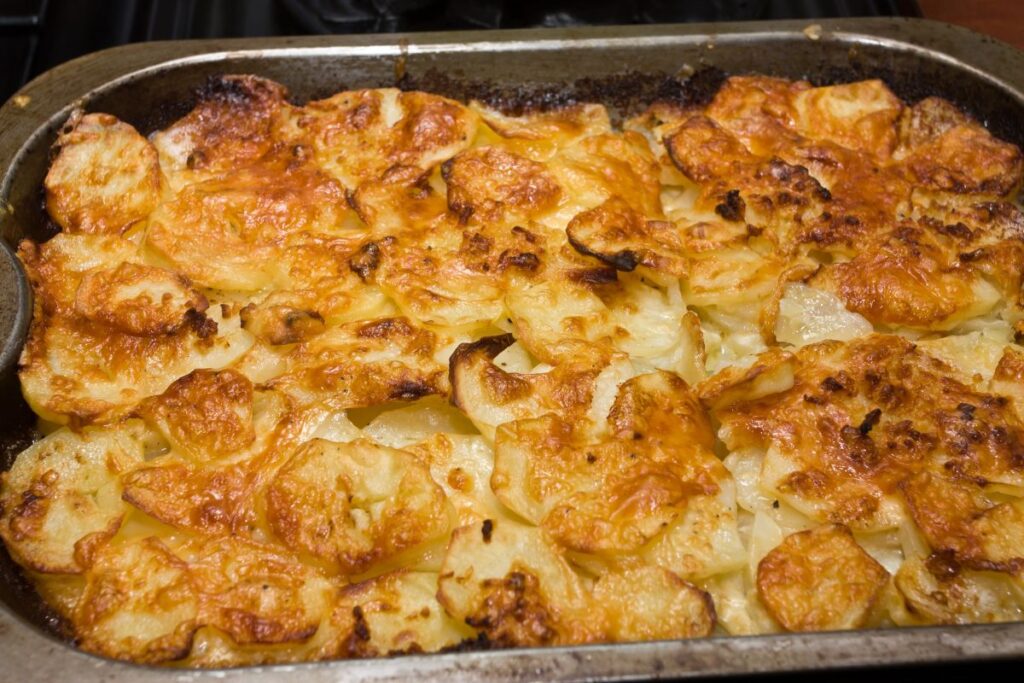
Conclusion
Dauphinoise potato recipe provide a truly delectable journey into the core of traditional French home cooking. Today, armed with our thorough and comprehensive guide, you are perfectly positioned to embrace the challenge of crafting a side dish that manages to be both unassumingly humble and elegantly aristocratic in its presentation and flavor. We eagerly invite you to share your own dauphinoise adventures with our vibrant community, celebrating your successes and learning from the journey. Furthermore, don’t miss out on the opportunity to subscribe to our channel for an endless stream of culinary inspiration, tips, and tricks that will transform your cooking experiences. The kitchen awaits your presence, ready for the creation of your perfectly layered, irresistibly creamy, and utterly unforgettable Dauphinoise Potatoes. Let the aroma fill your home, and the flavors transport you straight to the heart of France.
Reference
Dauphinoise Potatoes Are the Cheesy French Side You Need to Know About
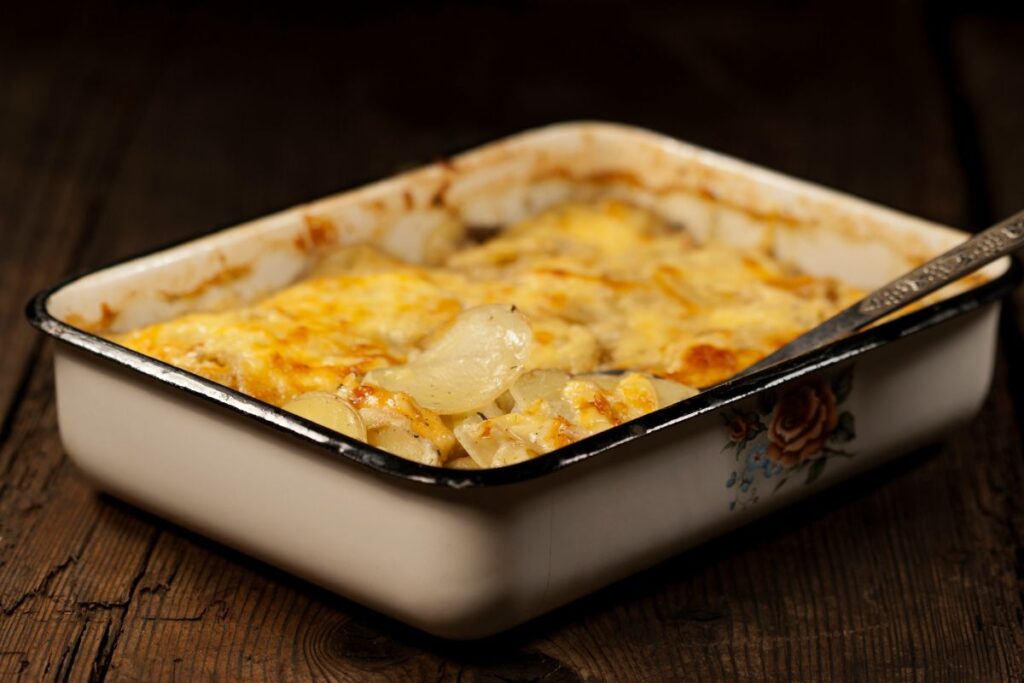
Frequently Asked Questions (FAQs) Dauphinoise Potato Recipe
What Kind of Potatoes Should I Use for Dauphinoise?
The best potatoes for Dauphinoise are those with a high starch content, like Russets or Yukon Golds, as they hold up well during baking and absorb the creamy sauce nicely.
Can I Use Low-Fat Cream for a Healthier Version?
Yes, though it will slightly alter the rich flavor and texture, using low-fat cream or a mix of milk and cream can lighten the dish while still maintaining a creamy consistency.
How Thin Should I Slice the Potatoes?
Ideally, potatoes should be sliced to a thickness of about 1/8 inch (3 mm). This ensures they cook evenly and absorb the cream effectively. A mandoline slicer can help achieve uniform slices.
Why Is My Dauphinoise Not Crispy on Top?
A golden, crispy top is achieved by removing the cover (foil or parchment) during the last 20-30 minutes of baking. If it’s still not crispy, try increasing the temperature slightly during this final baking phase.
Can I Add Cheese to Dauphinoise Potato Recipe?
Traditionally, Dauphinoise does not include cheese. However, for those who enjoy a cheesy twist, gruyère or parmesan sprinkled on top before the final baking phase can add a delightful crust.
Is It Possible to Overcook Dauphinoise Potatoes?
Yes, overcooking can cause the cream to break and the potatoes to turn mushy. It’s important to check the potatoes for doneness by piercing them with a knife; they should be tender but still hold their shape.
How Long Can I Store Leftovers?
Leftovers can be stored in an airtight container in the refrigerator for up to 3-4 days. Reheat gently in the oven covered with foil to prevent drying out.
What’s the Best Way to Reheat Dauphinoise Potatoes?
To preserve the creamy texture, reheat slowly in a 300°F (150°C) oven, covered with foil until warmed through. This method helps prevent the sauce from separating and keeps the potatoes moist.

